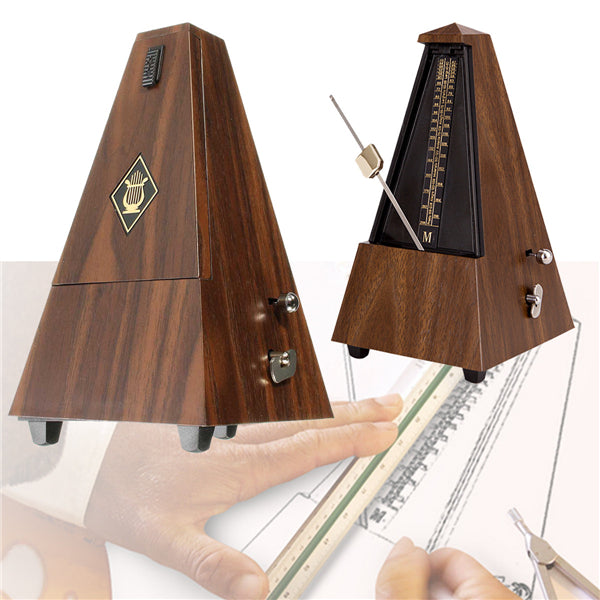

#120 bpm metronome how to#
Here is a sample process for how to practice with a metronome: Yes, it is important to run through the entire piece to make sure you have the endurance, but when you are fixing problems you should only practice a few measures at a time. Tips For Practicing With The Online Metronome.Ī general rule is to practice small sections of music. Once you can repeatedly perform the section perfectly, you can begin to speed up the tempo and bring the good habits with you. Slowing the tempo down will make the passage easier and allow you to focus on playing with perfect technique. It is a smart practice habit to take a small section of music that you're struggling with and slow it down. A metronome will help you hear the speed at which a piece should be played.Ī metronome will also help establish a more disciplined practice. To hear it correctly, you need to know how fast (or slow) the melody is played. In order to practice it, you need to be able to hear it in your mind. Imagine that you are looking at a piece that you have never heard before. Musicians use metronomes to find the tempo of a piece of music and to bring structure to practice sessions. You can adjust the number of beats per measure using the "beat emphasis." This is an easy way to practice music with time signatures that aren't 4/4. This metronome will automatically emphasize every 4th beat as if there were four beats per measure. You can change the metronome's subdivision to quarter notes, eighth notes, triplets, or sixteenth notes by clicking on the respective note icon. Practicing with subdivisions is important for developing a sense of timing and precision. Using this, you can create a steady pulse from tempos of 20 bpm all the way to 200 bpm. Using the minus, or moving the slider to the left, will make the tempo slower. Using the plus, or moving the slider to the right, will make the metronome tempo faster.

You can use the plus/minus signs or the slider to adjust the tempo. This might be written as a tempo marking like Allegro or in beats-per-minute, like quarter = 120.
#120 bpm metronome free#
To use this free metronome, start by finding the tempo of the piece you want to play. Of course, each musician is invited to work alone.Metronomes are useful tools for practicing with a steady tempo. Some bands reserve the click for rehearsal sessions, others use it on stage. Then, the drummer will just have to have the click, with headphones or ear, and the other musicians will have to be well tuned to the bass drum. Working with the click in a groupįor bands that have never worked with the click, it is recommended to first put the click together in the speakers, so that everyone can see their own mistakes. There is no need to go through all the bpm, you can go from 20 to 20 so in this case: 60-80-100-120. Then increase the tempo from one work phase to the next. For example, for a piece at 120 bpm you can start at 60 bpm. Often you can start at half that in terms of bpm.

In terms of method, you start at a lower pace than the one you are aiming for. It can then be used for more musicality, in the interpretation or in the swing. It is also used, after the deciphering phase, to master the piece studied. It should be reserved for specific work sessions, dedicated to study, regularity and technical mastery.įor example, it is often used to practice scales or arpeggios. The metronome should not be used systematically.

The choice of the speed of each song is therefore important, in a general way, or according to the set planned, the atmosphere planned for the concert to come. Depending on the mood of the drummer and his first intention, it is easy to play too fast, or to put the audience to sleep. This is a necessary step to take if you want to become a professional.įor bands, whether in composition or in cover versions, the metronome also has the advantage of being able to be sure of the speed at which a song should be played. If the drummer is not regular, it is difficult for all the musicians to play together, and the interpretation of the piece will also sound amateurish and not mastered. The interest of click work is also real in group work. It is imperative for a musician to work on the metronome to gain both consistency and control of his fingers and his instrument. In short, they do not master what they are doing. They often slow down on the difficult passages and speed up on the easier or catchy ones. Beginning or amateur musicians tend to want to play too fast.


 0 kommentar(er)
0 kommentar(er)
